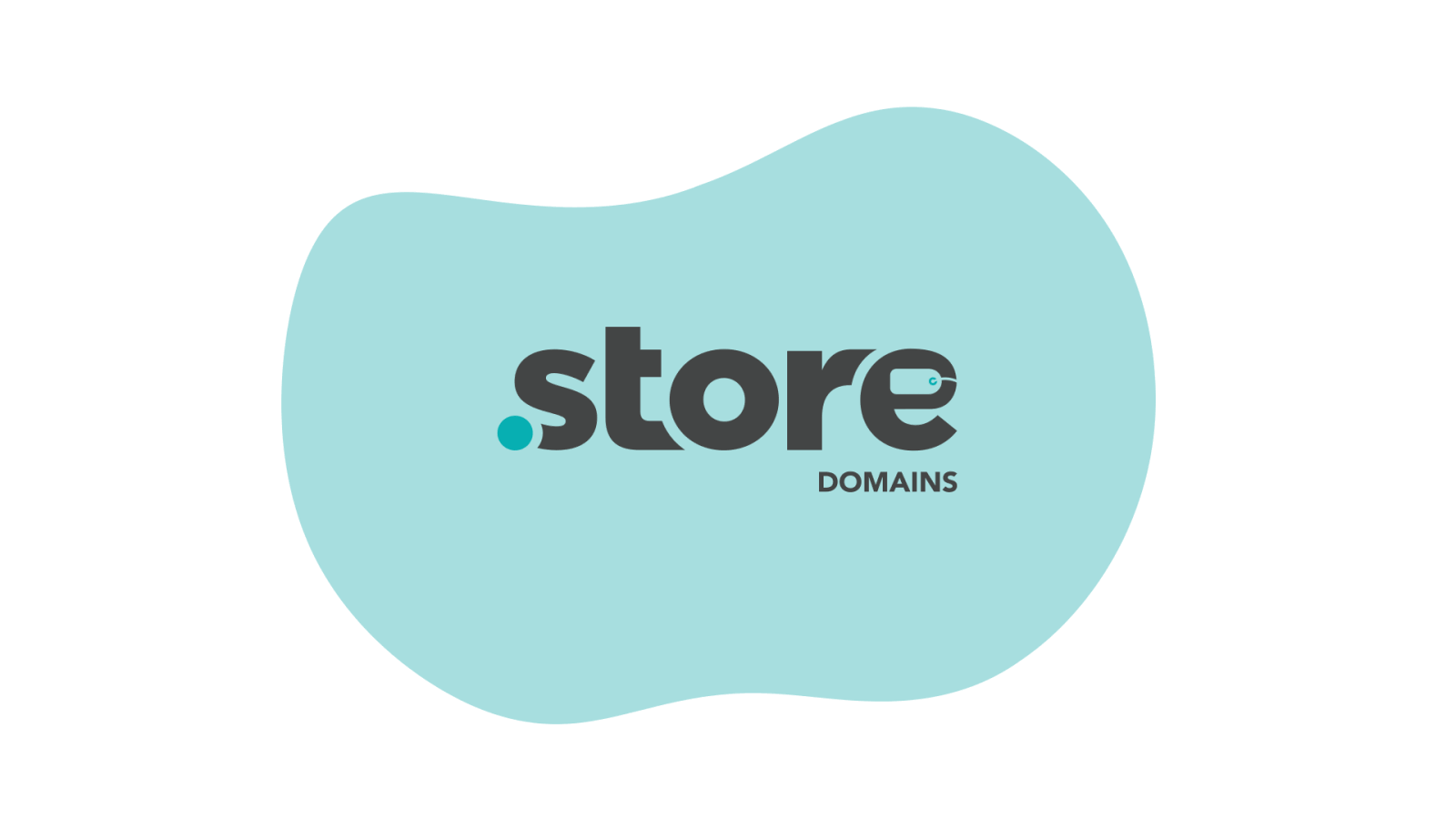That eCommerce is a booming business sector isn’t new but have you wondered what makes this multi-billion dollar industry progress from strength to strength? The answer is simple – Business Intelligence, the whizz department of number-crunching geniuses that stir out quantified information that empower eCommerce businesses to make informed decisions and march to the beat of unstoppable growth. In this interview, Joe Kaziukėnas shares his thoughts on the buzzing world of eCommerce and how business intelligence is the holy grail for online businesses.

Jouzas “Joe” Kaziukėnas founded business intelligence firm Marketplace Pulse to identify and share data about top sellers, products, and business intelligence on e-commerce platforms such as Amazon, Walmart, and many more. He is full of advice to share with other entrepreneurs. You can find Joe on LinkedIn, Twitter, and Instagram.

Tell us about Marketplace Pulse. How does your technology platform monitor and keep track of giant eCommerce marketplaces such as Amazon, eBay, Walmart, Etsy, and the lot?
Jim Barksdale, former CEO of Netscape said, “If we have data, let’s look at data. If all we have are opinions, let’s go with mine.” We instead say “If we have data, let’s look at data. If all we have is opinions, let’s go find data.” We believe that technology and data are better than opinions when it comes to understanding what’s next in e-commerce. There are so many opinions and ideas in the retail market, but so few are based on anything other than a guess.
We built a business intelligence platform which monitors most worldwide e-commerce marketplaces, collecting billions of data points about the marketplace itself, sellers, and brands. We then use the data collected to share insights with our readers on our blog and to help companies directly by giving them access to our data resources.
How does the ‘channel’ shape what is bought? Given its mammoth scale, is Amazon a channel in its own?
In the US, Amazon captures half of all online spending, which means that it is as big as most countries’ online retail spending.
Thus, I think it is a mistake to think of Amazon as just another channel, instead Amazon has enough market share to influence what people buy, and how new products get created.
In retail stores, packaging and shelf placing are key, and marketing. But when buying online, the packaging is largely not as important, and marketing can be much more targeted.
This means that when customers shop online the way they pick products is not the same as when browsing shelves in a store, nor are the products they end up picking are the same as they would have picked in the store.
For example, social media recommendations or customer reviews may sway their opinion. In the end, that means the channel, any channel, but especially Amazon shapes what customers purchase, and for brands that means that they need to really think about that.
“People do not shop the same on Amazon as on eBay, nor on eBay as in small websites.” How can new eCommerce businesses use BI and gain insights on how to carve their niche and effectively build a target audience?
For a new business looking to sell online, the first task is to figure out the category and audience they are going to be selling to. Not many customers search for ‘black mini dress’ on Amazon, but many search for ‘shampoo for dogs’. Many customers search for ‘stamps from 1940s’ on eBay, but few of those exist on Amazon. Before starting to use any business intelligence tools, a lot can be inferred by looking at what are the top selling products, and thus what type of customers visit those marketplaces the most.
Then there is also a choice of selling on a marketplace or selling on your web store. There are many factors at play here too, like is building a mailing list valuable, something which is hard to do when selling on Amazon.

“Product reviews is as old of a concept on the Internet as the Internet itself.” With increasing fake product reviews, can buyers trust a product review on Amazon?
Product reviews are the fundamental reason why shopping online works – otherwise, it is impossible to decide between products since they cannot be looked at in person. However, since they hold such a key role in deciding what to buy, there is an incentive to cheat – plenty of brands have chosen to game the system and collect fake reviews, often from people who haven’t even seen the product.
Reviews on Amazon is probably the biggest target for posting fake reviews. Amazon has implemented a series of automated technologies trying to catch that, but some of them do slip by. This doesn’t mean that customers should ignore reviews but instead apply some common sense – if a product has glowing reviews, but they all sound very vague, maybe they are not legit?
The growth of AI and machine learning will hopefully allow Amazon to better use these business intelligence tools to decide which reviews to filter out, but in the meantime reading what reviews are saying, and sensing how much of that makes sense is the best bet.
Technology is moving at a blazing fast speed. Will AI, Chatbots, and cryptocurrencies be the big drivers for a successful eCommerce business in near future? What are the tech trends you foresee in the eCommerce space?
It is hard to not get excited about new technologies, but they will not have a major impact anytime soon. eCommerce is barely 10% of all retail sales in the US, so it has so much more room to grow organically. Technologies like Chatbots and Cryptocurrencies are being tested out by many, but ultimately focusing on supply chain optimization, fulfillment, and advertising are better choices since there is still so much more to do there.
Retail is a very old business, one of the oldest, and its fundamentals haven’t changed much for centuries. So, as technologies come and go, the real question is how to achieve better prices, better selection, and reach more customers. Some of the modern technologies like chatbots might help with that, but they will not have a groundbreaking change one might be wishing for.

Could you shed statistical light on the growth of online stores across various geographies?
India, China, and South-east Asia are the hottest markets for the next decade. In those regions, eCommerce is solving a real lack of access to goods, enabled by the growth of smartphones and mobile internet. In the US, and in Europe, eCommerce is much more a convenience feature, and thus it is growing at a much slower pace.
How can smaller eCommerce businesses analyze data to derive meaningful insights? What are the best tools to help them understand trends?
Any eCommerce business should focus on two principal areas: internal and external. Internal means understanding their profitability, inventory levels, new opportunity discovery, etc. External means understanding the competition, and the market. There are too many tools to name just a few since they often work best for a niche or type of businesses.
What are the trends you foresee in the world of eCommerce marketplaces? Share with us any 5 predictions.
1. Globalization – Brands and sellers worldwide are flocking to major marketplaces like Amazon.
2. Micro brands – Small brands created around a single line of products, removing all possible middlemen and sold exclusively on marketplaces.
3. Advertising – Advertising on Amazon is the fastest growing advertising market in the US. Not only is this going to be a big business, but also a new skill and opportunity for brands to tackle.
4. The growth of South-East Asia – A collection of smaller countries add up to a region which is going to be key in the future.
5. Fight against counterfeits – China is the largest producer of counterfeit products, but also where most products are made. Marketplaces are trying to figure out how to solve this issue, while smaller domestic brands suffer trying to control their brand value.
Setting up an online store? Get your brandname.STORE domain now! Click here.







